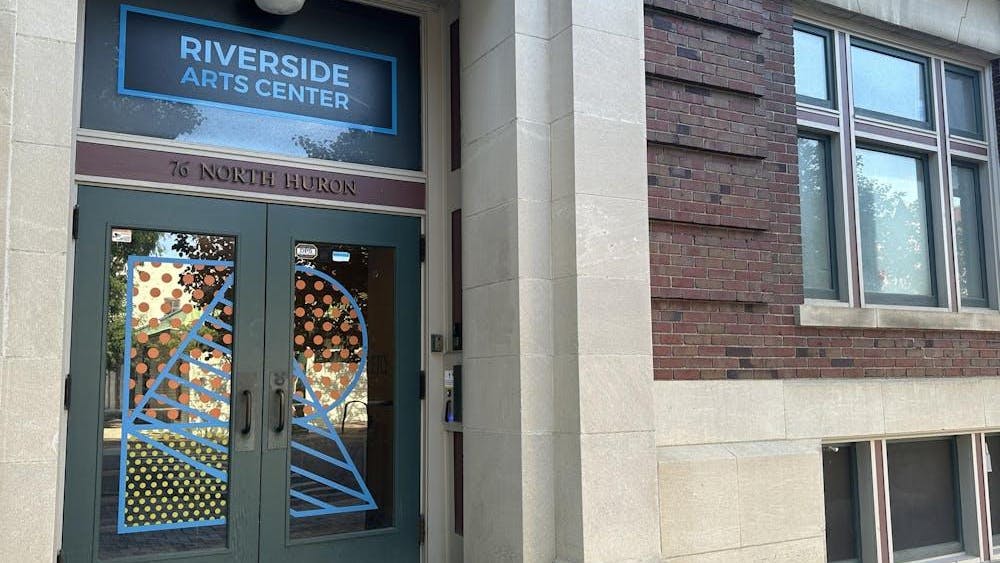To most of us, Halloween is a time for pumpkin carving, costumes, scary movies, and most certainly candy, but there is so much more behind this multi-billion dollar holiday than what meets the eye.
Originating over 2,000 years ago, Celtic people in areas of Western Europe celebrated the festival of Samhain beginning on the night of Oct. 31 because it was believed that the ghosts of the dead returned to earth. The following day, Nov. 1, the Celts celebrated their New Year. The time for summertime and harvesting was now over and the rest of the year was viewed as a time of death when no crops could grow.
According to history.com, “Celts believed that on the night before the New Year, the boundary between the worlds of the living and the dead became blurred.”
On the night before their New Year, people would leave different food and drinks on their doorsteps to ward off ghosts and wore masks when leaving their homes to be mistaken for fellow spirits.
Later in the medieval times, “guising,” which eventually became what we now know as “trick-or-treating,” was practiced by children who went door to door and recited poetry, sang or told jokes in exchange for money, food, treats or wine.
The Christian church eventually turned Samhain into All Saint’s Day and the night before became known as All Hallows' Eve, which later became Halloween. It wasn’t until the 1950s that children would go from house to house actually asking for candy, which progressed into the holiday we have come to know and love.









